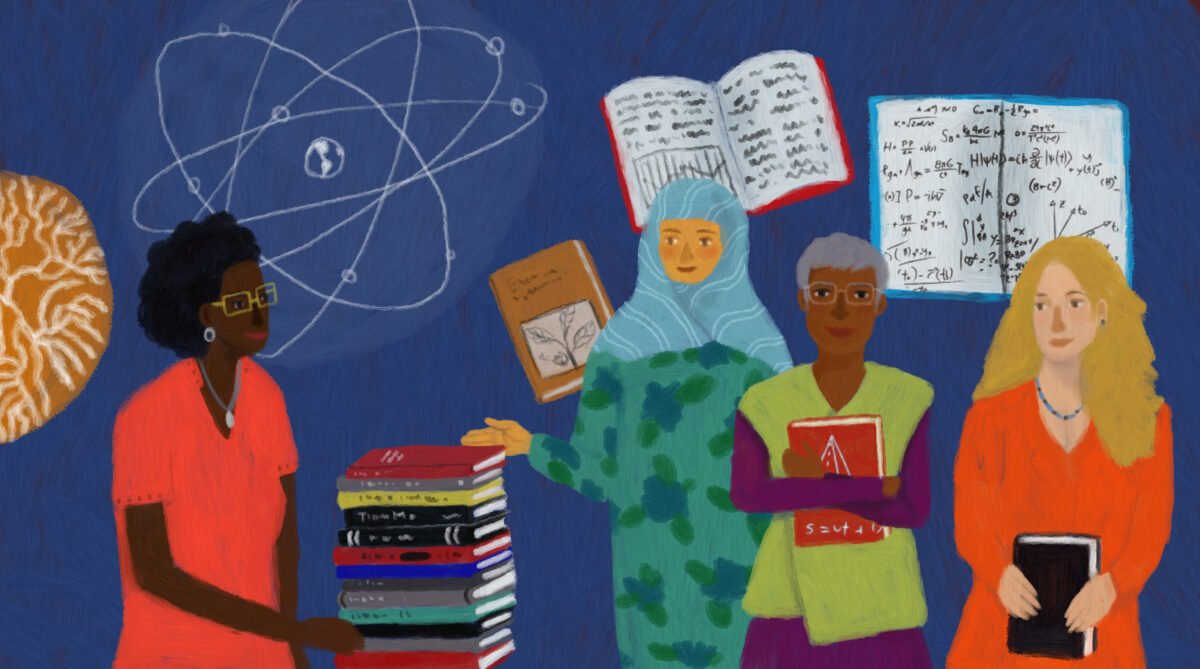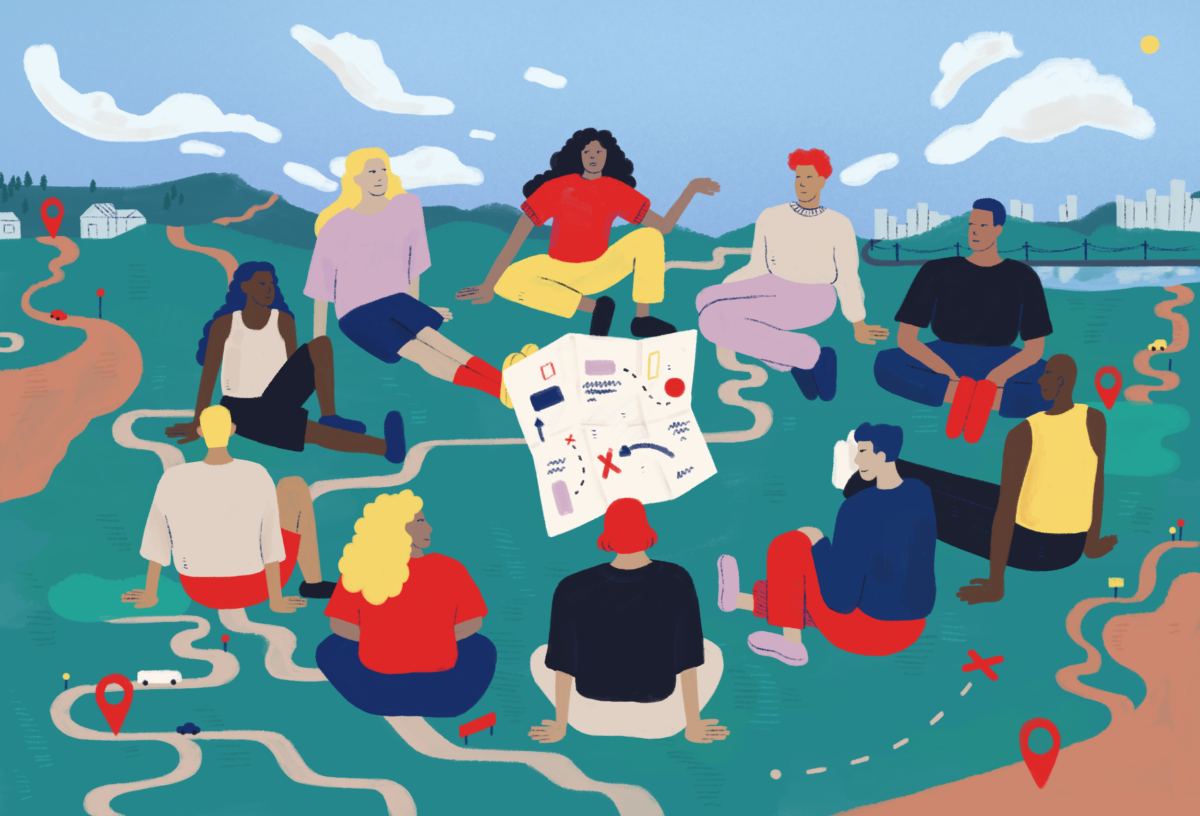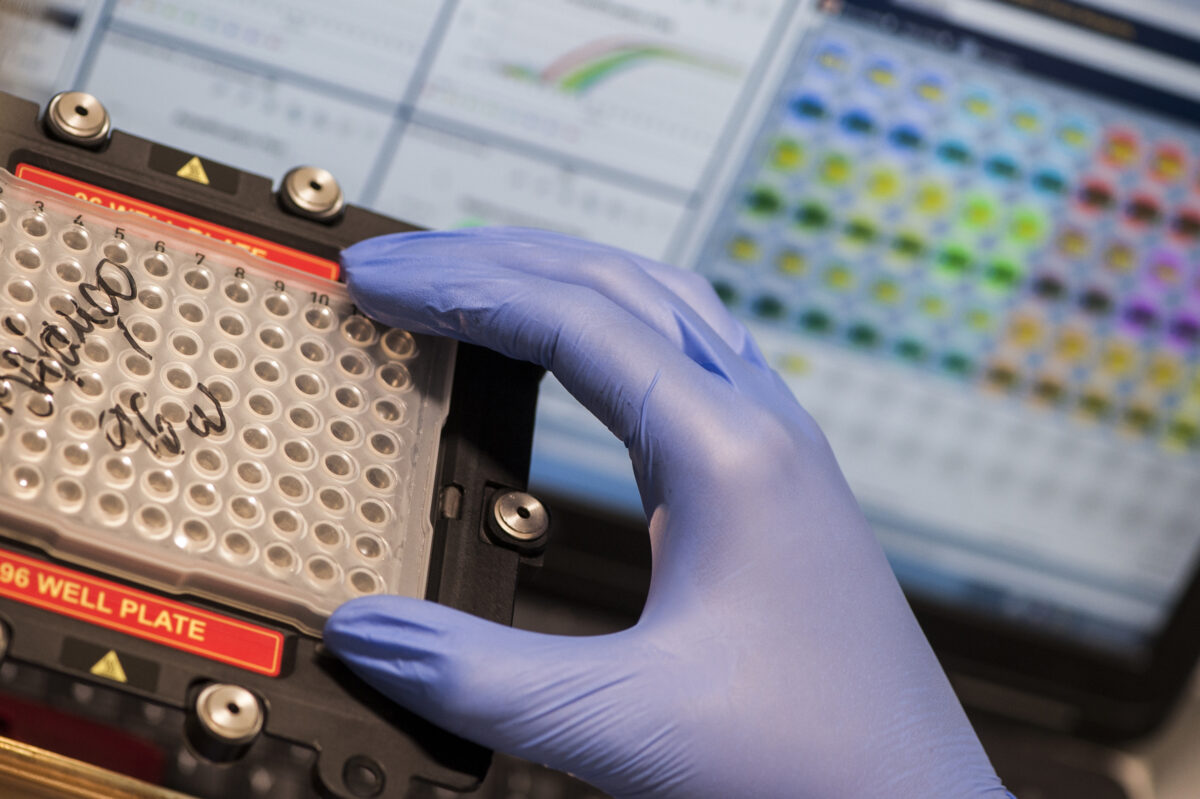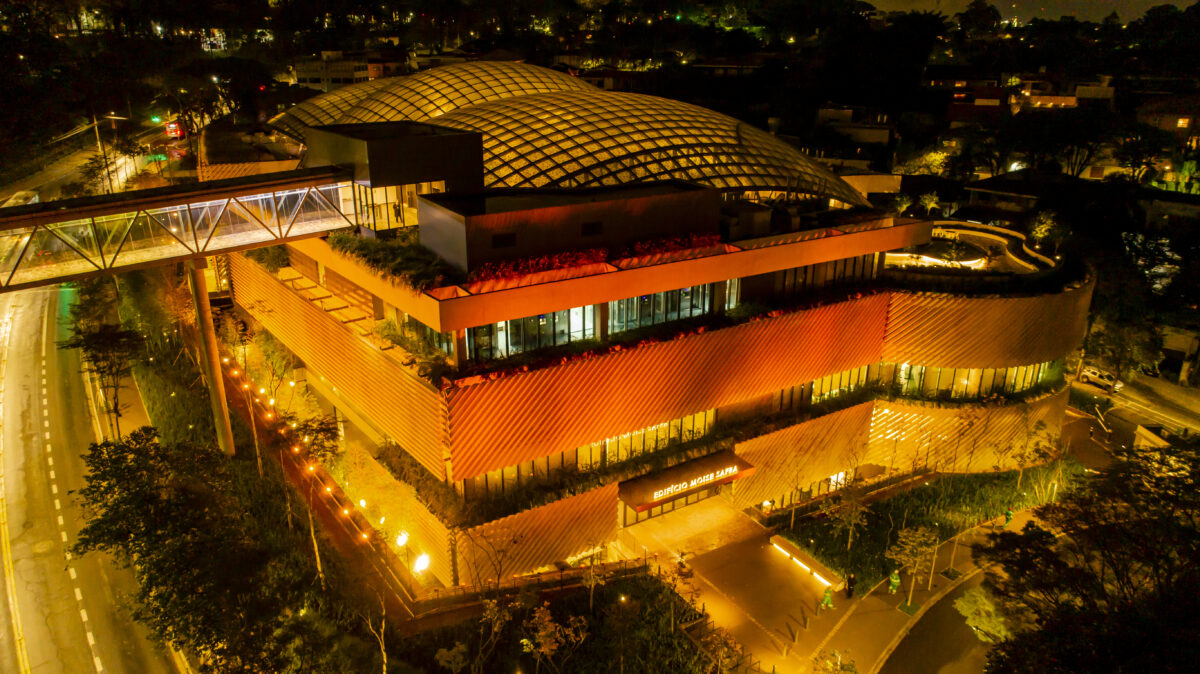 #Careers
#Careers
Expanded cooperation
Researchers and community health agents join forces to tackle environmental and health problems in São Paulo’s urban periphery
 Crédito: Jônatxs Moreira / Estúdio Voador
Crédito: Jônatxs Moreira / Estúdio Voador
With an estimated population of 80,000 inhabitants, the São Paulo community of Paraisópolis faces environmental challenges amid an extremely complex scenario. Problems such as an intermittent water supply, a lacking sanitary sewage system, and an accumulation of garbage and debris impact not only the environment, but residents’ quality of life. To understand the local situation, researchers from São Paulo and Canada tasked 29 community health agents from the Paraisópolis II Primary Healthcare Unit (UBS) with recognizing and mapping environmental factors compromising health in the community.
In an article published in Estudos Avançados (Advanced Studies), the authors explain that the dialogue they established with the agents allowed them to expand the study’s analytical capacity. This is because these professionals have in-depth knowledge of the local reality, says Francisco Nilson Paiva dos Santos, coauthor of the study and a nurse at Paraisópolis II USB, managed by Hospital Israelita Albert Einstein (HIAE). “The agents regularly make house calls and have direct contact with the population, so they’re essential to providing primary care services within the public health network.”
Since they live in Paraisópolis and know the area better than anyone else, community health agents actively participated in collecting and analyzing information about environmental and health risk areas. “They contributed their insights into recurring problems, such as dumping large amounts of garbage into the streets and streams.”
These testimonies were collected at meetings held within the community, inspired by the so-called Culture Circles—a method for collective knowledge building developed by educator Paulo Freire (1921–1997). A total of four meetings were held each month, between February and May of 2019.
One of the issues identified by the research is that the Antonico stream, which cuts through Paraisópolis, often overflows, especially due to the accumulation of waste and domestic sewage on its streambed. Most of its banks are occupied by precarious housing, which compromises the health of residents and community health agents working in the region.
“At the meetings, one point raised by the agents was to try to understand why some of the population dispose of garbage this way,” says Santos. “We saw that many situations of socioenvironmental vulnerability were directly related to the region’s insufficient urban management and planning.”
Other socioenvironmental factors identified during the meetings were pet abandonment and the detection of Aedes aegypti mosquito larvae, which transmit viruses that cause diseases such as dengue and chikungunya. According to the researchers, the high rates of violence and crime also significantly affect the lives of residents, as well as their mental health.
The community health agents regularly make house calls and have direct contact with the population, so they’re essential to providing primary care services within the public health network
Although interrupted by the pandemic and the overload of work this caused for all healthcare workers, actions involving community health agents have gradually been resumed. In any case, the hope is that the information gathered will serve to continuously improve the work done by these professionals and to qualify all health promotion activities in the area. Additionally, the products developed in the community have the potential to improve local governance. Some of the solutions can even be integrated into the urban development plans and the city’s Master Plan.
To support these discussions, the researchers used some participation instruments, including the so-called “talking maps.” On large poster boards, the agents used drawings, photos, and keywords to represent the environmental and health problems they have noticed in the area. The map, explains Santos, was prepared using georeferencing tools, which help to more clearly establish the relationship between health and the area’s socioenvironmental conditions, as well as providing alternatives for better urban planning solutions based on the constraints identified in the area.
Common sense
One of the researchers’ concerns was ensuring that community health agents could participate at all stages of the study, highlights biologist Renata Ferraz de Toledo, of São Judas Tadeu University and author of this article. “They were involved in this study from the planning stage to interpreting the results obtained during the Culture Circles.”
Toleda recalls that, during the meetings, the participants expressed feelings of “blame” in their statements, both for the perceived carelessness of some residents and for their apparent ignorance. “They reported that the information they provided was often ignored by the community. This shows that the agents, accustomed to one-way educational initiatives, presumed they were the only ones who knew what was best for the local population.”
While discussing this openly, the health professionals cast a critical eye on the way they had been interacting with the residents. “They came to understand the importance of a dialogue-based approach, in order to increase local mobilization and strengthen dialogue with public authorities,” says Toledo. According to the biologist, participatory research methods are able to amplify different voices in processes seeking solutions to increasingly intricate problems, such as those seen in environmental health.
“Dialogue is essential to participatory research aimed at connecting and reframing local knowledge and practices, which we call ‘common sense,’” states Toledo. “This is possible in collaborative learning activities, in which researchers and other social players exchange popular and specialized knowledge.”
According to Santos, establishing contact with common sense is essential to breaking down barriers that generally reinforce the cognitive exclusion of community knowledge from decision-making. “There is a hegemony over the production of knowledge that disfavors social groups seen as marginalized. Recognizing the importance of local knowledge is fundamental for implementing environmental and health policies in the community.”
*
This article may be republished online under the CC-BY-NC-ND Creative Commons license.
The text must not be edited and the author(s) and source (Science Arena) must be credited.


